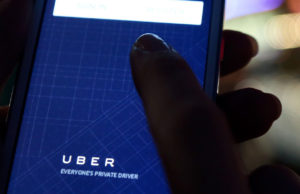How Lasers Zap Away Those Regrettable Tattoos
We learned from a recent video just how awesome tattooing looks up close at 3,200 frames per second, but getting stabbed with tiny needles thousands of times isn’t as painful as what happens if you change your mind. YouTube series Smarter Every Day has taken a look at what happens when you get a tattoo removed. It involves lasers and plenty of science.
When a tattoo is done on the skin, the needles drag the ink down and deposit it a few layers deep. The particles that give tattoo ink its color are mostly heavy metals like cadmium, copper, and manganese. Like anything else you put into your skin, the immune system recognizes these particles as foreign, and sets about the work of clearing them.
The problem (for your immune system) is that the particles of tattoo pigment vary wildly in size. Some are small enough that the macrophages (a type of white blood cell) can engulf and drag them into the lymphatic system to be cleared. Most of the color comes from larger chunks that can’t be removed so easily. Some of these particles break down over time from exposure to sunlight, but it takes a very long time. That’s why very old tattoos get blurry. A laser like the one in the video below can be used to accelerate that process.
A picosecond laser is used to heat up the ink particles to break them into smaller pieces, which can then be cleared by the immune system. Ideally, you want the exposed side of the ink particles to heat up rapidly, which causes a heat gradient in the particle. The exposed side expands too quickly and the particle breaks apart.
The faster you can make this happen, the less the tissues will be damaged, but the process of having a tattoo removed is still more unpleasant than having it done in the first place. Ideally, you just shouldn’t make regrettable tattoo decisions in the first place.













 © 2024
© 2024
0 comments